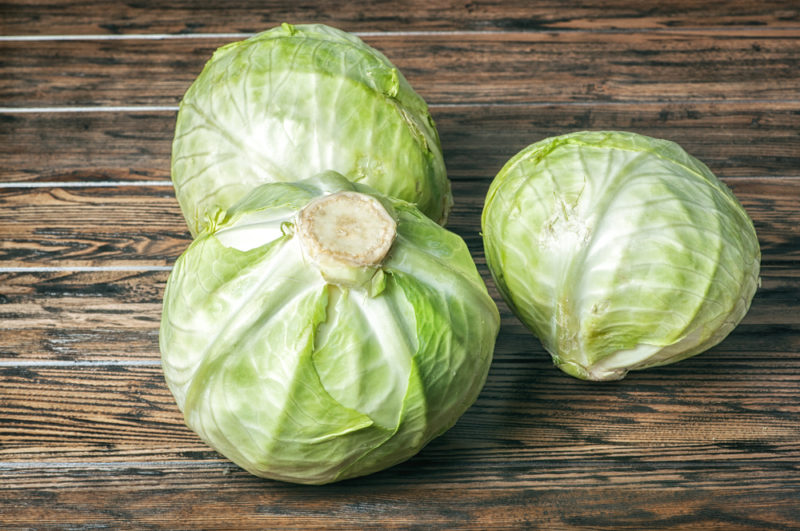Breast swelling, pain and discomfort are problems that many new mothers know all too well. Whether a mother is nursing, pumping or weaning, breasts can become larger and feel heavier, warmer and more uncomfortable. Fullness during the first few days after birth is normal, but excessive engorgement can be painful, often resulting from missed feedings or a change in how often the baby nurses. Feeding frequently can help prevent engorgement, but if the baby is nursing often and gaining weight, extra measures to relieve breast swelling and pain may be needed.
Several tips for treating breast engorgement include:
- Gentle breast massage from the chest wall toward the nipple area before nursing.
- Moist warmth applied for a few minutes before nursing to help milk begin to flow.
- Gentle breast compressions and massage during nursing.
Though it might sound strange, a natural remedy that many new mothers have found effective is cheap, simple and natural — cabbage. Using cabbage leaves as a cold compress for painful breasts is known to help reduce swelling and relieve pain associated with engorgement. Researchers aren’t sure if there is a property within the cabbage itself that does the healing, or if the remedy helps simply because the cabbage leaves are acting as a cold compress, but either way, it’s harmless, natural and effective. Cabbage does contain significant amounts of polyphenols that provide anti-inflammatory benefits, which may explain why putting cold cabbage leaves on your breasts can soothe pain and discomfort while reducing breast swelling.
How to Use Cabbage Leaves for Breast Pain and Weaning
- Place a head of cabbage in the refrigerator until it gets cold. You can use red or green cabbage, but red cabbage may leave stains or discolor your bra or clothing.
- Once the cabbage is chilled, peel off the outer layer of leaves and throw them away.
- Pull off two of the inner leaves and place the head of cabbage back into the refrigerator.
- Rinse the two leaves with cold water to make sure they’re clean.
- Carefully cut out the stem from the center of each leaf to ensure that the leaves will fit onto your breasts without covering your nipples.
- Place the clean, cold cabbage leaves on your breasts and hold them in place the same way you would hold a cold compress. You can also wear a bra to keep the leaves in place.
- Leave the cabbage leaves on your breasts for about 20 minutes, or until they become warm, then remove them.
- Repeat as necessary for pain and swelling.
Using cabbage leaves often may decrease your milk supply, which can be helpful during weaning. If you’re weaning your baby, it’s best to do it gradually, but if you need to wean suddenly, cabbage leaves can help. Weaning your child abruptly can cause breast pain and engorgement. Use cabbage leaves to help relieve engorgement and decrease your supply of breast milk.

When to Stop Using Cabbage Leaves
If you are breastfeeding or pumping and you notice breast swelling, cabbage leaves can be used to help decrease pain and swelling. You should stop this treatment once your notice that you breasts are feeling better and the swelling has gone down. Using cold cabbage leaves or other cold compresses on your breasts can help relieve swelling, but it may also decrease your breast milk supply. If you’re weaning your baby and you want to reduce your milk supply, you can continue to use the cabbage leaves as long as they are helpful.
Cabbage leaves can also be used to help reduce swelling and pain on other areas of the body. Check out the video below to find out how!
Sources:
Very Well
Very Well
Healthy Children
Kelly Mom
World’s Healthiest Foods


